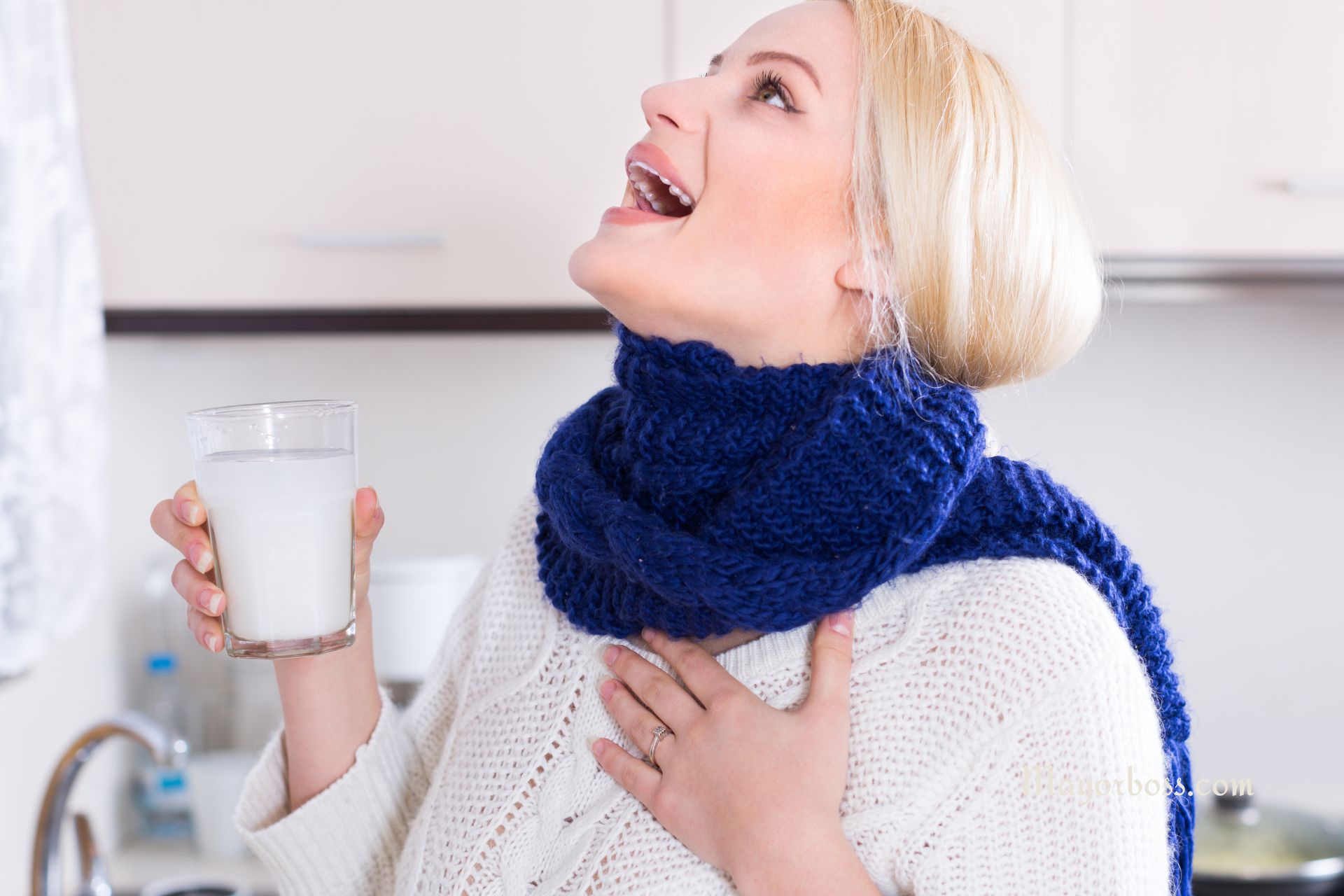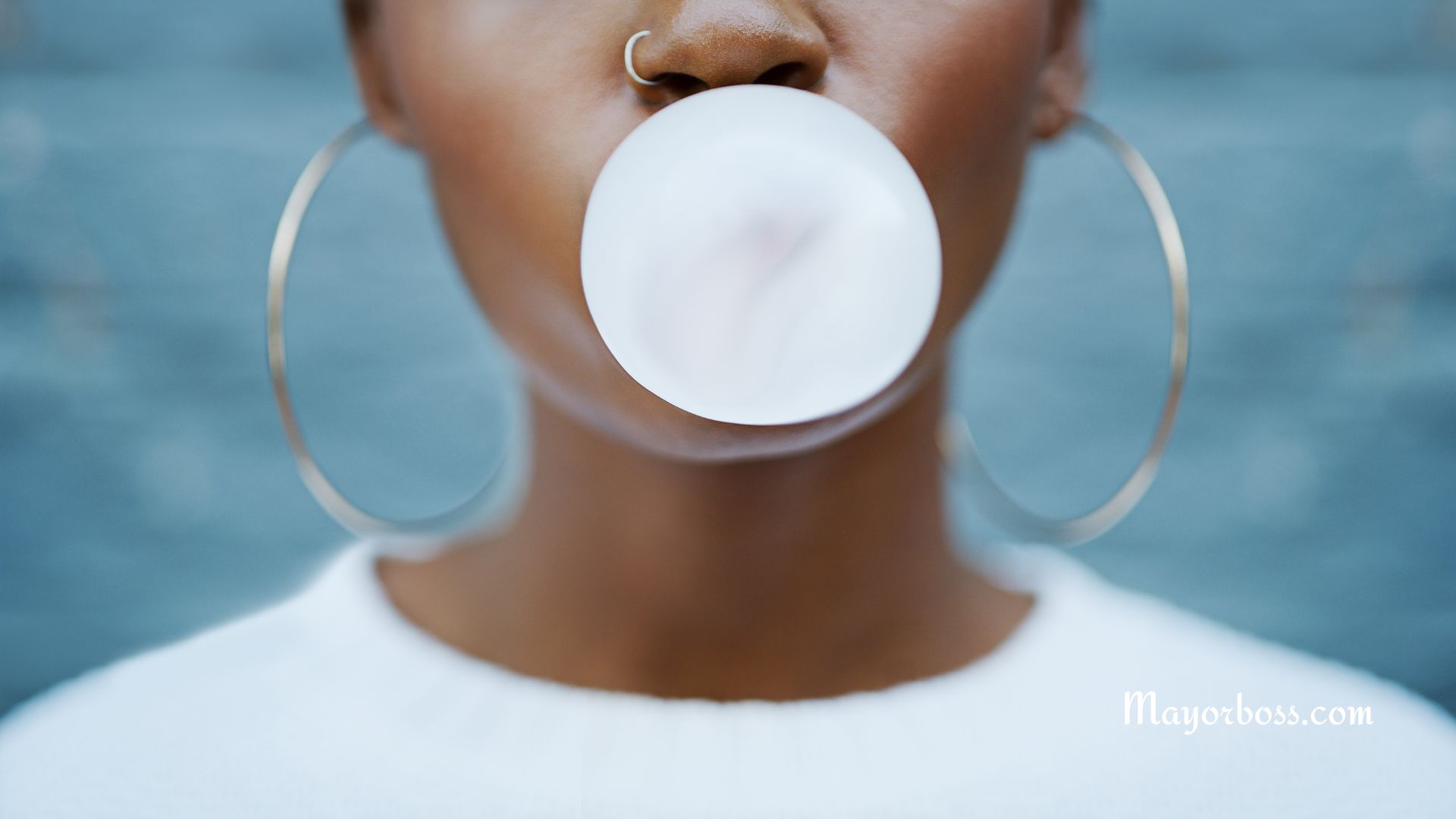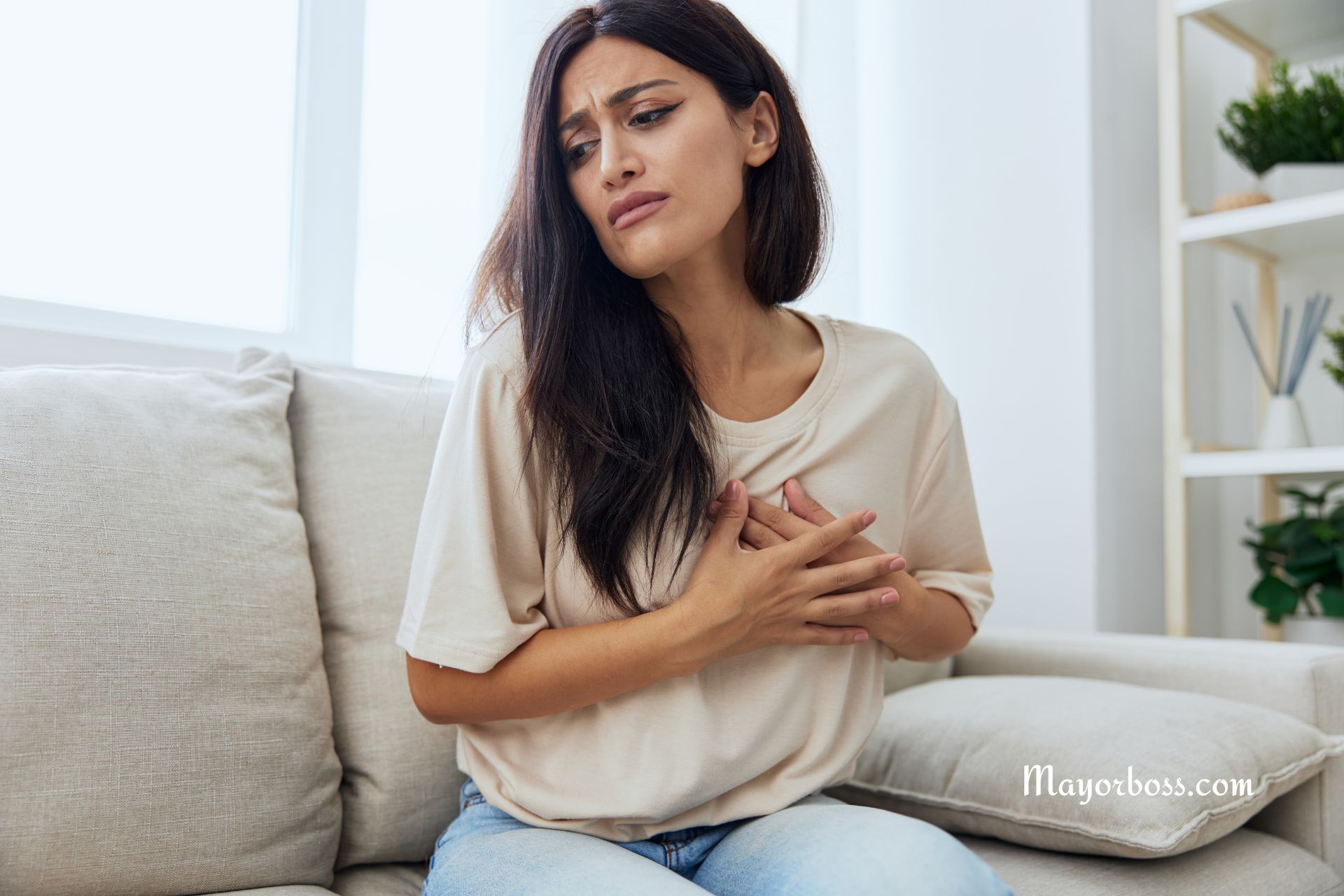What It Means When You Have Little Red Dots on Your Skin
Little red dots on your skin can be confusing. They can show up suddenly, and you might wonder if they are harmless or if they mean something serious. These tiny dots can appear for lots of reasons, from harmless things to signs of a health problem. Below, you’ll find the possible causes of these little red spots.

The Most Common Reason for Little Red Dots Is Petechiae
According to the Cleveland Clinic, one common reason for tiny red spots on the skin is something called petechiae. These are small red or purple dots, usually smaller than a pinpoint, that happens when tiny blood vessels, called capillaries, burst under your skin. This makes blood leak out, creating these little dots.
Petechiae can be caused by lots of things, like physical stress on the skin, such as heavy coughing, lifting weights, or even having pressure on the skin for too long. Usually, petechiae are not harmful, but sometimes they can be a sign of another health problem. If they appear suddenly and don’t go away, or if you also have other symptoms like a fever or feel sick, it’s best to see your doctor.
Could It Be Cherry Angiomas?
Another common reason for red dots on your skin is cherry angiomas. These are bright red, small, and often a little raised. They usually show up more as you get older. According to the Cleveland Clinic, cherry angiomas are clusters of blood vessels that form near the surface of your skin. They are not cancerous, completely harmless, and generally do not need any treatment unless you want them removed for how they look.
Doctors say cherry angiomas are not related to any serious conditions. But, if one of these angiomas starts to bleed a lot or change shape, you should talk to your doctor.
Tiny Red Spots Could Be Due to Allergic Reactions
If you suddenly notice small red dots that are itchy, it could be an allergic reaction. Research suggests that allergic reactions can happen for many reasons, like using new detergents, using skin care products, or eating certain foods, especially peanuts, tree nuts, and shellfish. When your skin reacts to something it doesn’t like, it can make these red dots, often with other signs like itching, rashes, or swelling.
You should avoid whatever caused the allergic reaction and use over-the-counter antihistamines to help with the symptoms. If the spots don’t go away after a few days or you have trouble breathing, you should contact your doctor right away.
Are the Red Dots from Broken Blood Vessels?
Another reason for little red spots is broken blood vessels, also called telangiectasia. These happen when capillaries get widened or swollen. Telangiectasia can be caused by sun exposure, aging, genetics, or certain health problems like rosacea or liver disease. Usually, these spots are not dangerous, but they can sometimes mean there is another problem, especially if they come with other symptoms like bruising or easy bleeding. If you notice these signs, it’s a good idea to see a doctor.
Could It Be a Sign of an Infection?
Sometimes little red dots on the skin can be a sign of an infection. Certain viral or bacterial infections can cause a rash or small red spots. For example, conditions like strep throat, scarlet fever, or meningitis can cause red dots. If you or your child have other symptoms like a fever, headache, or a stiff neck along with red spots, you should see a doctor right away. Early treatment of these infections is important to prevent more serious problems.
When to Be Concerned About Little Red Dots
Most of the time, these red dots are harmless, but there are times when you should be worried. If the spots are spreading quickly, look like bruises, or are happening along with symptoms like fever, feeling very tired, or unusual bleeding, you should see a doctor as soon as you can. Conditions like leukemia, vasculitis, or some autoimmune disorders can sometimes cause little red dots called petechiae, which might mean there is a more serious health issue.
How Are These Little Red Dots Treated?
Most of the time, little red dots on your skin do not need treatment. For example, cherry angiomas and telangiectasia are harmless and don’t need any medical help unless you want them gone for looks. If the dots are from an allergic reaction, over-the-counter creams or antihistamines can help with the symptoms.
If the red dots are caused by a health problem, treating that problem is the key to making them go away. For example, if petechiae are from an infection, antibiotics might be needed. This is why it’s always good to watch for other symptoms and talk to your doctor if you are worried.
Prevention Tips to Avoid Getting Little Red Dots on Your Skin
Here are some ways to prevent or reduce the chance of getting red spots on your skin:
- Avoid Trauma to the Skin: Be gentle with your skin to avoid bursting small blood vessels. This means being careful when lifting heavy things and avoiding tight clothing that can cause too much pressure.
- Sun Protection: Use sunscreen often to prevent damage to your blood vessels from too much sun exposure.
- Manage Allergies: If your red dots are from allergies, figuring out and avoiding triggers can help prevent them.
- Balanced Diet: Eating foods rich in vitamin C and vitamin K can help keep your blood vessels strong, which can lower the chances of bruising and red spots.
The Takeaway
Little red dots on your skin can be caused by many different things, and most of them are not serious. They could be cherry angiomas, petechiae, or broken blood vessels, which are usually harmless. But it’s important to pay attention if the spots come with other symptoms like fever, tiredness, or bruising.
If you are ever unsure, it’s always a good idea to talk to your doctor to make sure there’s nothing serious happening.






